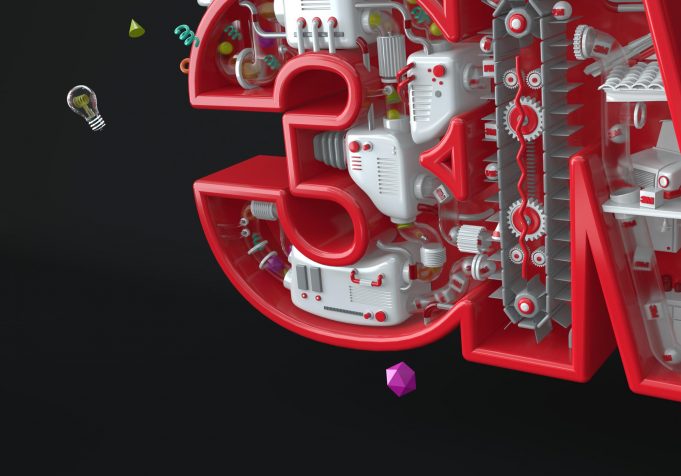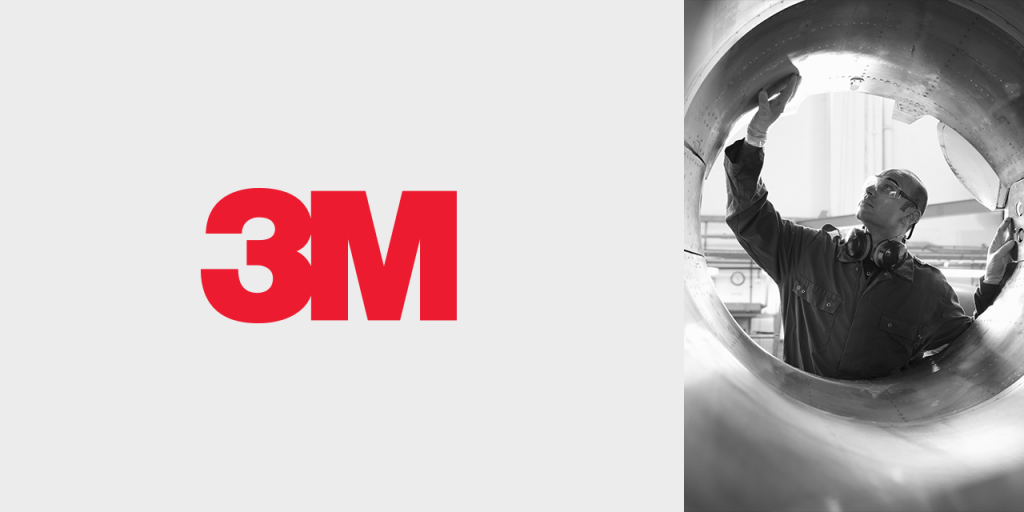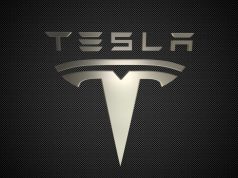This report provides the last five years revenues and revenue growth of 3M Co (MMM) from 2012 to 2016. 3M generated a total of $30.1 billion revenues during 2016. 3M reported a revenue growth of -0.5% year-over-year during 2016. The revenues and the revenue growth correspond to the fiscal year ending in December.
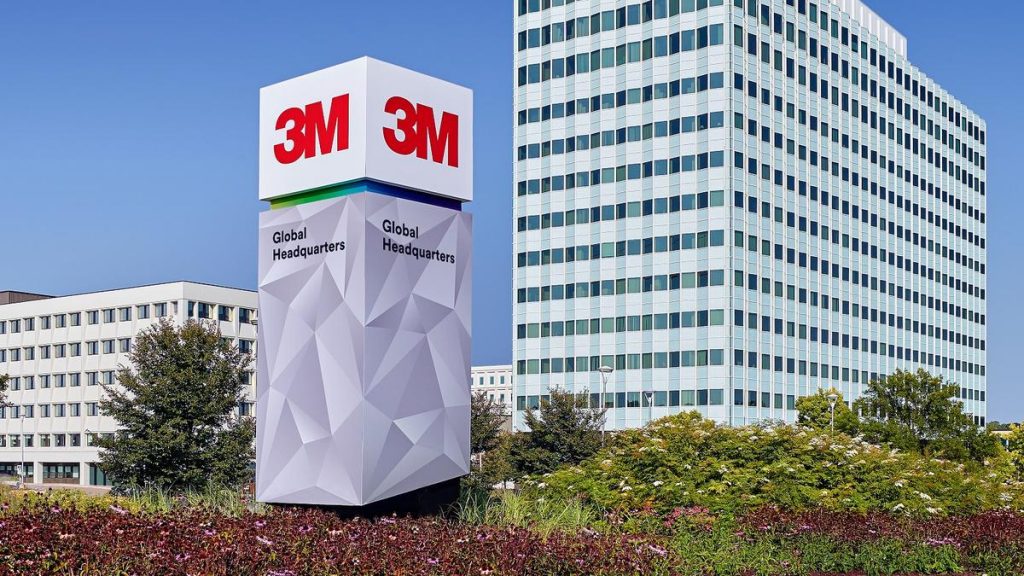
3M REVENUES FROM 2012 TO 2016
Here are the revenues and the revenue growth details of 3M during the last five years:
- 3M generated a total of $29.9 billion revenues during 2012. 3M reported a revenue growth of 1% year-over-year during 2012.
- 3M generated a total of $30.9 billion revenues during 2013. 3M reported a revenue growth of 3.2% year-over-year during 2013.
- 3M generated a total of $31.8 billion revenues during 2014. 3M reported a revenue growth of 3.1% year-over-year during 2014.
- 3M generated a total of $30.3 billion revenues during 2015. 3M reported a revenue growth of -4.9% year-over-year during 2015.
- 3M generated a total of $30.1 billion revenues during 2016. 3M reported a revenue growth of -0.5% year-over-year during 2016.
WHY ANALYZE REVENUE GROWTH?
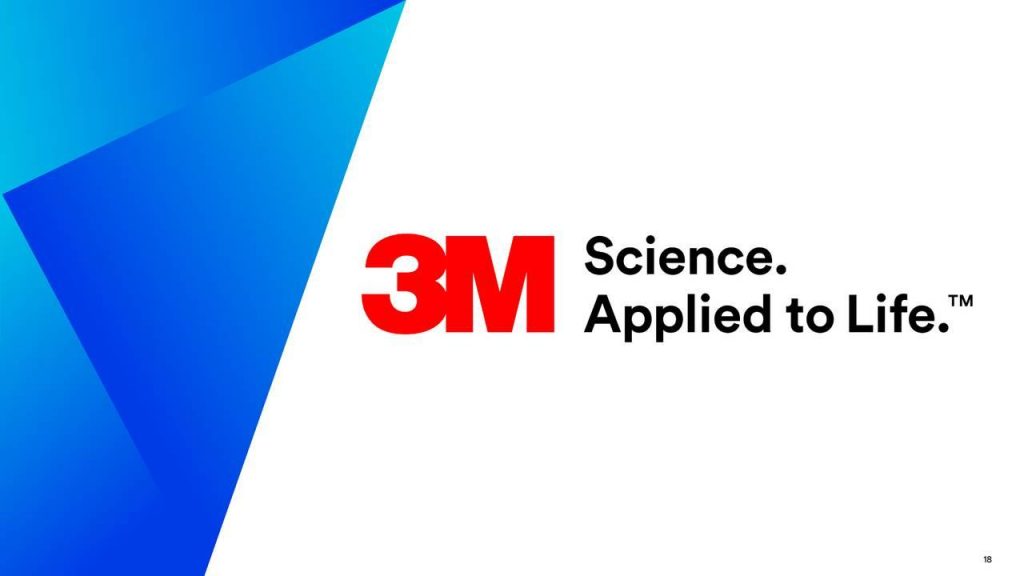
Revenue growth is the most commonly analyzed financial metric. Revenue Growth is the percent increase (or decrease) of a company’s revenue between two time periods. It is computed by using the following formula: ((revenues during the time period two – revenues during the time period one) / revenues during the time period one)*100. If the time periods are two consecutive years, then the revenue growth is referred to as the annual revenue growth year-over-year. If the time periods are two consecutive quarters, then the revenue growth is referred to as the quarterly revenue growth quarter-over-quarter. If the time periods refer to the same quarter in the two consecutive years, then the revenue growth is referred to as quarterly revenue growth year-over-year. In case the time periods are two non-consecutive years, then the revenue CAGR (Commutative Annual Growth Rate) is computed.
Revenue growth analysis is important for a number of reasons. First, it helps in understanding how a business is performing. If the revenue growth rates are positive, it means the business is performing well and the revenues are increasing. If the revenue growth rates are negative, it means the revenues are declining and the company needs to take measures to increase them. If they don’t, the company will continue to shrink. Second, a company’s historical revenue growth analysis along with the market size and market share analysis helps in forecasting the future revenues of a company. Third, a comparison of a company’s growth rates with its competitors helps in determining who is winning more business. A revenue growth higher than the industry average translates into increasing market share. Companies with very high revenue growth rates have the potential to be the industry disrupters.
3M RANKING
With $30.1 billion revenues, 3M ranked number 87 in the R&P; Research list of top-3000 public companies in the US by revenues during 2016. Each one of the top-3000 companies generated more than $50 million of annual revenues during 2016.
The top-20 companies in the US by revenues during 2016 were:
- Walmart ($482.1 billion)
- ExxonMobil ($226.1 billion)
- Berkshire Hathaway ($223.6 billion)
- Apple ($215.6 billion)
- McKesson ($190.9 billion)
- UnitedHealth Group ($184.8 billion)
- CVS Health ($177.5 billion)
- General Motors ($166.4 billion)
- AT&T; ($163.8 billion)
- Ford Motor ($151.8 billion)
- AmerisourceBergen ($146.8 billion)
- Amazon ($136 billion)
- Verizon ($126 billion)
- General Electric ($123.7 billion)
- Cardinal Health ($121.5 billion)
- Costco ($118.7 billion)
- Walgreens Boots Alliance ($117.4 billion)
- Chevron ($114.5 billion)
- Kroger ($109.8 billion)
- Express Scripts Holding ($100.3 billion)
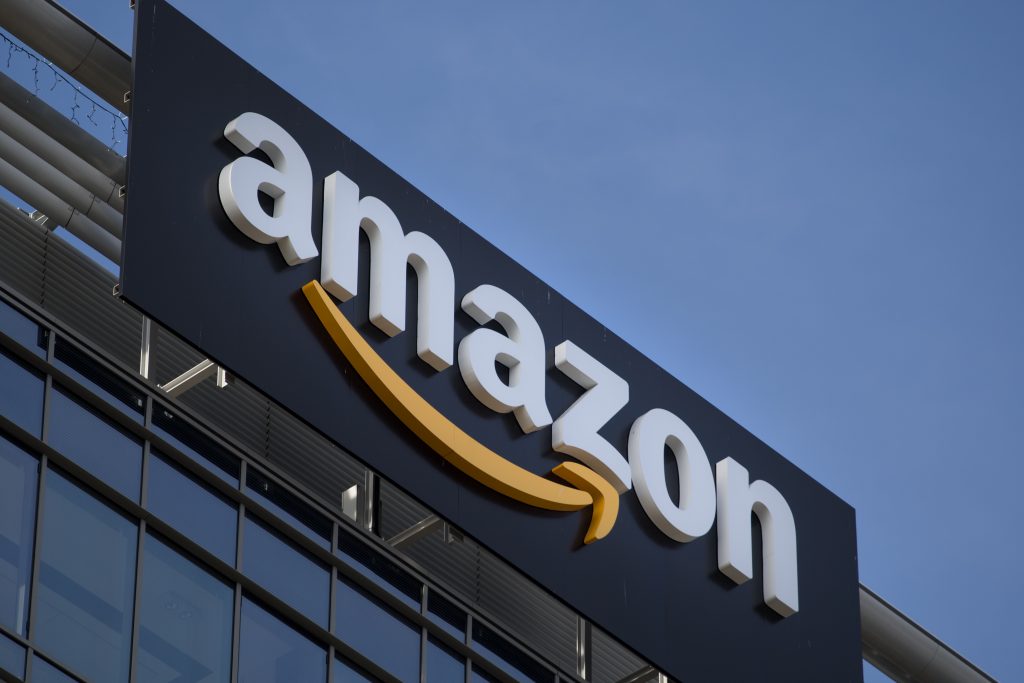
For the purpose of performance benchmarking of a company with a sector or industry average, R&P; Research associates every company with one sector and one industry. An industry consists of companies with related/similar business models. A sector comprises of a group of related/similar industries. For high-level analysis purposes, related/similar sectors are grouped into sector groups.
For example, Healthcare sector group is comprised of Life Sciences sector and Healthcare Services sector. Life Sciences sector is comprised of following industries: Pharmaceuticals; Medical Devices; Biotechnology; Diagnostics & Scientific Instruments. Healthcare Services sector is comprised of following industries: Medication Stores, PBM and Distributors; Healthcare Payers; Healthcare Providers; Medical Software; Healthcare Research Services.
3M is associated with Industrials Sector Group, Industrial Goods & Services Sector and Industrial Conglomerates Industry.
With $30.1 billion revenues, 3M ranked number 12 of all the companies in the US Industrials sector group. There were a total of 542 public companies in the US Industrials sector group that had revenues greater than $50 million during 2016.
The top-10 companies in the US Industrials sector group by revenues during 2016 were:
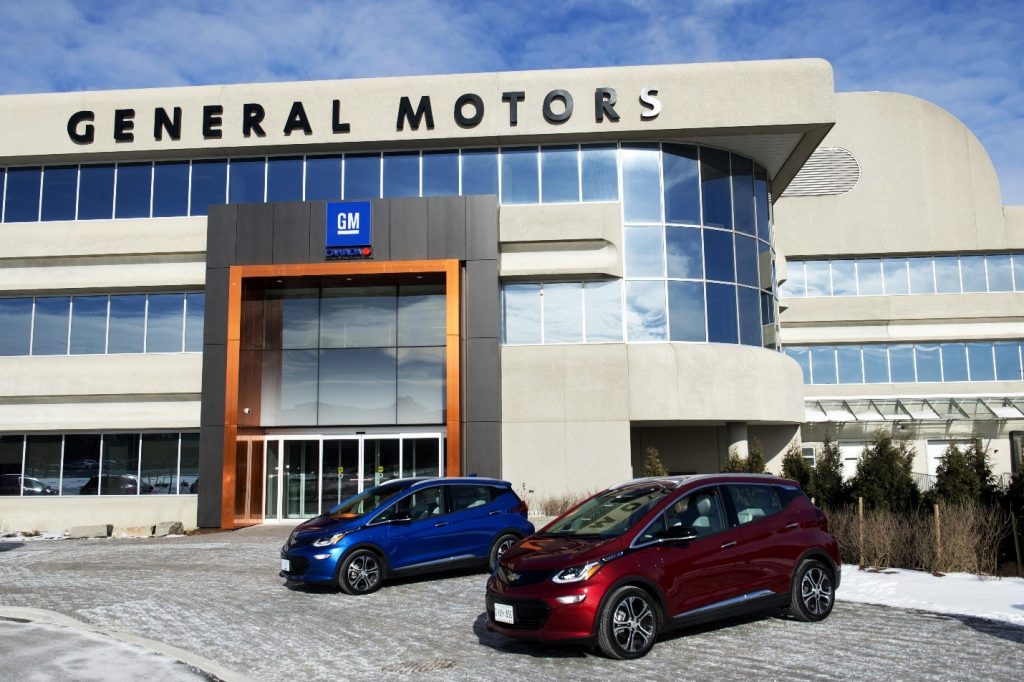
- General Motors ($166.4 billion)
- Ford Motor ($151.8 billion)
- General Electric ($123.7 billion)
- Boeing ($94.6 billion)
- UPS ($60.9 billion)
- United Technologies ($57.2 billion)
- Fedex ($50.4 billion)
- Lockheed Martin ($47.2 billion)
- Honeywell International ($39.3 billion)
- Caterpillar ($38.5 billion)
Industrials sector group is comprised of the following sectors: Aerospace and Defense; Automobiles and Parts; Construction and Building Products; Industrial Goods & Services; Industrial Support Services; Transportation & Logistics.
With $30.1 billion revenues, 3M ranked number 3 of all the companies in the US Industrial Goods & Services sector. There were a total of 182 public companies in the US Industrial Goods & Services sector that had revenues greater than $50 million during 2016.
The top-10 companies in the US Industrial Goods & Services sector by revenues during 2016 were:
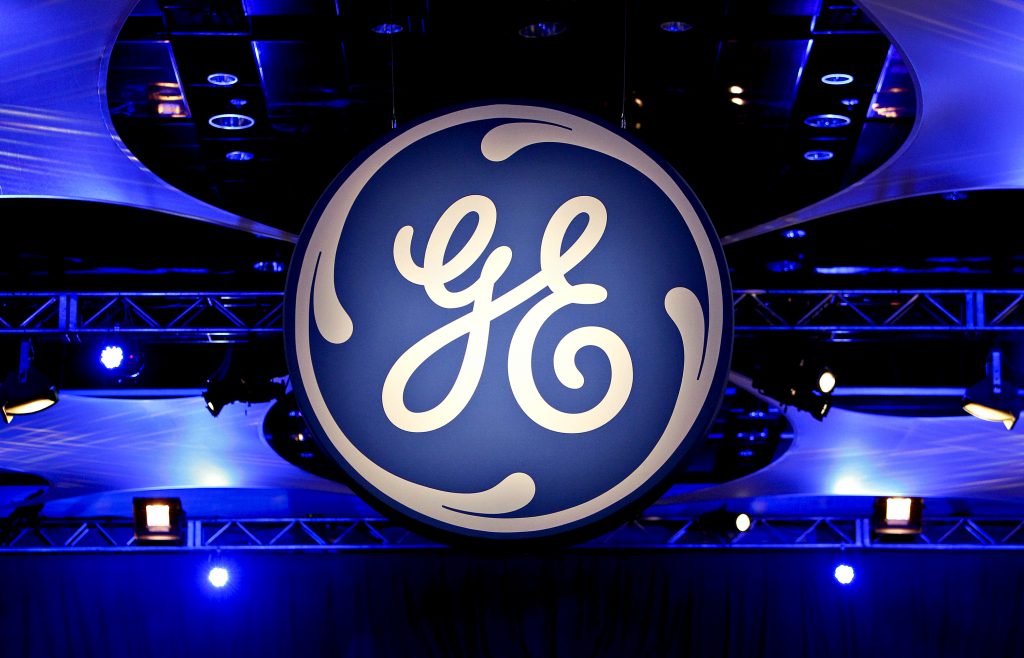
- General Electric ($123.7 billion)
- Honeywell International ($39.3 billion)
- 3M ($30.1 billion)
- International Paper ($21.1 billion)
- Eaton Corp ($19.7 billion)
- Cummins ($17.5 billion)
- Danaher ($16.9 billion)
- Icahn Enterprises ($16.3 billion)
- Emerson Electric ($14.5 billion)
- WestRock ($14.2 billion)
Industrial Goods & Services sector is comprised of the following industries: Industrial Conglomerates; Industrial Machinery; Electrical Components & Equipment; Electronic Equipment & Parts; Containers & Packaging. The definitions for each of the industries is as follows:
- Industrial Conglomerates industry includes Industrial companies engaged in three or more classes of business within the Industrial industry that differ substantially from each other.
- Industrial Machinery industry includes designers, manufacturers, distributors and installers of industrial machinery and factory equipment, such as machine tools, lathes, presses and assembly line equipment. It also includes makers of pollution control equipment, castings, pressings, welded shapes, structural steelwork, compressors, pumps, bearings, elevators and escalators.
- Electrical Components & Equipment industry consists of manufacturers and distributors of electrical parts for finished products, such as printed circuit boards for radios, televisions and other consumer electronics. It also includes makers of cables, wires, ceramics, transistors, electric adapters, fuel cells and security cameras. Manufacturers of Electric motors and generators and mechanical motion control products are also part of this industry.
- Electronic Equipment & Parts industry includes companies offering Manufacturing and Design services for Engineered Components and Products used in different industries. Companies providing Laser-based manufacturing products are part of this industry.
- Containers & Packaging industry includes producers and distributors of cardboard, bags, boxes, cans, drums, bottles, jars and glass used for packaging. Specialty Packaging Products and Pressure-Sensitive Materials producers are also part of this industry.
With $30.1 billion revenues, 3M ranked number 3 of all the companies in the US Industrial Conglomerates industry. There were a total of 10 public companies in the US Industrial Conglomerates industry that had revenues greater than $50 million during 2016.
The top-10 companies in the US Industrial Conglomerates industry by revenues during 2016 were:
- General Electric ($123.7 billion)
- Honeywell International ($39.3 billion)
- 3M ($30.1 billion)
- Danaher ($16.9 billion)
- Icahn Enterprises ($16.3 billion)
- Illinois Tool Works ($13.6 billion)
- Trinity Industries ($4.6 billion)
- Roper Technologies ($3.8 billion)
- Carlisle Companies ($3.7 billion)
- CSW Industrials ($319.8 million)
COMPANIES SEGMENTATION
To identify and analyze high/low growth or most/least profitable similar-size companies in different sectors or industries, R&P; research classifies all companies into different segments based upon their revenues, revenue growth, and net profit margins.
Based upon their annual revenues, the companies are classified into one of the following four segments:
- Mega companies, having revenues greater than $50 billion.
- Very Large companies, having revenues between $10 billion and $50 billion.
- Large companies, having revenues between $1 billion and $10 billion.
- Mid-size companies, having revenues between $50 million and $1 billion.
With $30.1 billion revenues, 3M was in the Very Large companies revenue segment during 2016. There were a total of 239 companies in the Very Large companies revenue segment during 2016.
Based upon their annual revenue growth, the companies are classified into one of the following eight segments:
- Very High positive growth companies, having annual revenue growth greater than 50%.
- High positive growth companies, having annual revenue growth between 20% and 50%.
- Medium positive growth companies, having annual revenue growth between 5% and 20%.
- Low positive growth companies, having annual revenue growth between 0% and 5%.
- Low negative growth companies, having annual revenue growth between -5% and 0%.
- Medium negative growth companies, having annual revenue growth between -20% and -5%.
- High negative growth companies, having annual revenue growth between -50% and -20%.
- Very High negative growth companies, having annual revenue growth less than -50%.
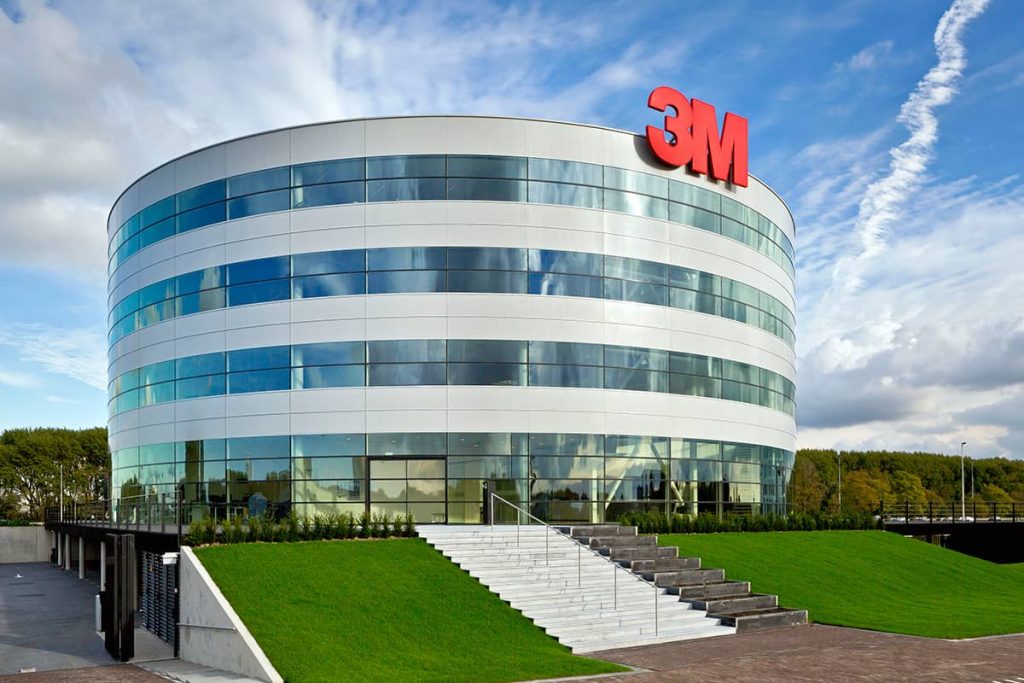
With -0.5% revenue growth year-over-year, 3M was in the Low negative revenue growth segment during 2016. There were a total of 384 companies in the Low negative revenue growth segment during 2016. Of the US top-3000 companies, 1985 (nearly two-third of the total) had positive revenue growth and 1015 (nearly one-third of the total) had negative revenue growth during 2016.
Based upon their annual net profit margin, the companies are classified into one of the following eight segments:
- Very High positive margin companies, having net profit margin greater than 50%.
- High positive margin companies, having net profit margin between 20% and 50%.
- Medium positive margin companies, having net profit margin between 5% and 20%.
- Low positive margin companies, having net profit margin between 0% and 5%.
- Low negative margin companies, having net profit margin between -5% and 0%.
- Medium negative margin companies, having net profit margin between -20% and -5%.
- High negative margin companies, having net profit margin between -50% and -20%.
- Very High negative margin companies, having net profit margin less than -50%.
With a net margin of 16.8%, 3M was in the Medium positive net profit margin segment during 2016. There were a total of 1086 companies in the Medium positive net profit margin segment during 2016. Of the US top-3000 companies, 2244 (nearly three-fourth of the total) had positive net profit margin and 756 (nearly one-fourth of the total) had negative net profit margin during 2016.
COMPANY BUSINESS SUMMARY

3M Company operates as a diversified technology company worldwide. The company’s Industrial segment offers tapes; coated, non-woven, and bonded abrasives; adhesives; advanced ceramics; sealants; specialty materials; separation and purification products; closure systems for personal hygiene products; acoustic systems products; automotive components; and abrasion-resistant films, and paint finishing and detailing products. Its Safety and Graphics Business segment provides personal protection products, traffic safety and security products, commercial graphics systems, commercial cleaning and protection products, floor matting, roofing granules for asphalt shingles, and fall protection products. The company’s Health Care segment offers medical and surgical supplies, skin health and infection prevention products, inhalation and transdermal medication delivery systems, dental and orthodontic products, health information systems, and food safety products. Its Electronics and Energy segment provides optical films; packaging and interconnection devices; insulating and splicing solutions; touch screens and touch monitors; renewable energy component solutions; and infrastructure protection products. The company’s Consumer segment offers sponges, scouring pads, high-performance cloths, repositionable notes, indexing systems, home improvement and care products, protective materials, and consumer and office tapes and adhesives. The company serves automotive, electronics and energy, appliance, paper and printing, packaging, food and beverage, construction, medical clinics and hospitals, pharmaceuticals, dental and orthodontic practitioners, health information systems, food manufacturing and testing, consumer and office retail, office business to business, home improvement, medication and pharmacy retail, and other markets directly, as well as through wholesalers, retailers, jobbers, distributors, and dealers. The company was founded in 1902 and is headquartered in St. Paul, Minnesota.
DATA SOURCE
The chart and the data on this page are sourced from the R&P; Research Industry Intelligence Platform. The platform provides the key financial metrics for all the public companies in the United States. The platform empowers users to compare last five or 15 years financial data of a company with the other companies or the industry averages. This benchmarking exercise yields powerful insights that can drive better business decisions.
INDUSTRY PEERS AND COMPETITORS OF 3M
General Electric (GE) Business Analysis – Analyze Historical Performance, Strategic Priorities,…
General Electric Co with $124 billion revenues in the year 2016 was the number 1 Industrial Conglomerates company. Read this report to know the top competitors of General Electric and identify growth and cost optimization opportunities of General Electric
Honeywell International (HON) Business Analysis – Analyze Historical Performance, Strategic Priorities,…
Honeywell International Inc with $39 billion revenues in the year 2016 was the number 2 Industrial Conglomerates company. Read this report to know the top competitors of Honeywell International and identify growth and cost optimization opportunities of Honeywell International
Danaher (DHR) Business Analysis – Analyze Historical Performance, Strategic Priorities, And…
Danaher Corp with $17 billion revenues in the year 2016 was the number 4 Industrial Conglomerates company. Read this report to know the top competitors of Danaher and identify growth and cost optimization opportunities of Danaher
Icahn Enterprises (IEP) Business Analysis – Analyze Historical Performance, Strategic Priorities,…
Icahn Enterprises L.P. with $16 billion revenues in the year 2016 was the number 5 Industrial Conglomerates company. Read this report to know the top competitors of Icahn Enterprises and identify growth and cost optimization opportunities of Icahn Enterprises
Illinois Tool Works (ITW) Business Analysis – Analyze Historical Performance, Strategic…
Illinois Tool Works Inc with $14 billion revenues in the year 2016 was the number 6 Industrial Conglomerates company. Read this report to know the top competitors of Illinois Tool Works and identify growth and cost optimization opportunities of Illinois Tool Works
Trinity Industries (TRN) Business Analysis – Analyze Historical Performance, Strategic Priorities,…
Trinity Industries Inc with $5 billion revenues in the year 2016 was the number 7 Industrial Conglomerates company. Read this report to know the top competitors of Trinity Industries and identify growth and cost optimization opportunities of Trinity Industries
REVENUES ANALYSIS
3M (MMM) Revenues And Revenue Growth From 2012 To 2016
This report provides the last five years revenues and revenue growth of 3M Co (MMM) from 2012 to 2016. 3M generated a total of $30.1 billion revenues during 2016. 3M reported a revenue growth of -0.5% year-over-year during 2016. The revenues and the revenue growth correspond to the fiscal year ending in December.
3M (MMM) Revenues And Revenue Growth From 2002 To 2016
This report provides the last fifteen years revenues and revenue growth of 3M Co (MMM) from 2002 to 2016. 3M generated a total of $30.1 billion revenues during 2016. 3M reported a revenue growth of -0.5% year-over-year during 2016. The revenues and the revenue growth correspond to the fiscal year ending in December.
3M (MMM) Revenue Growth Comparison With Industry Growth From 2012 To…
This report provides a comparison of 3M Co (MMM) revenue growth with Industrial Conglomerates industry growth during the last five years from 2012 to 2016. 3M reported a revenue growth of -0.5% year-over-year during 2016. The Industrial Conglomerates industry growth was 3.8% year-over-year during 2016. 3M growth was slower than the industry during 2016.
PROFIT ANALYSIS
3M (MMM) Net Profit And Net Margin From 2012 To 2016
This report provides the last five years net profit and net margin of 3M Co (MMM) from 2012 to 2016. 3M reported a total net income of $5.1 billion during 2016. 3M generated a total of $30.1 billion revenues during 2016. 3M net profit margin was 16.8% during 2016. The net profit and the net profit margin correspond to the fiscal year ending in December.
3M (MMM) Net Profit And Net Margin From 2002 To 2016
This report provides the last fifteen years net profit and net margin of 3M Co (MMM) from 2002 to 2016. 3M reported a total net income of $5.1 billion during 2016. 3M generated a total of $30.1 billion revenues during 2016. 3M net profit margin was 16.8% during 2016. The net profit and the net profit margin correspond to the fiscal year ending in December.
3M (MMM) Net Profit Margin Comparison With Industry From 2012 To…
This report provides a comparison of 3M Co (MMM) net profit margin with Industrial Conglomerates industry net profit margin during the last five years from 2012 to 2016. 3M reported a net profit margin of 16.8% during 2016. The Industrial Conglomerates industry net profit margin was 9.3% during 2016. 3M was more profitable than the industry during 2016.
COST & EXPENSES ANALYSIS
3M (MMM) Cost of Sales (COGS) Analysis From 2012 To 2016
This report provides the last five years cost of sales (COGS) analysis of 3M Co (MMM) from 2012 to 2016. 3M spent a total of $15 billion on COGS during 2016. 3M generated a total of $30.1 billion revenues during 2016. As a percentage of revenues, 3M spent 50% of its total revenues on COGS during 2016. The cost of sales (COGS) numbers are for the fiscal year ending in December.
3M (MMM) Research & Development (R&D) Spending Analysis From 2012 To…
This report provides the last five years research and development (R&D;) expenses of 3M Co (MMM) from 2012 to 2016. 3M spent a total of $1.7 billion on research and development (R&D;) activities during 2016. 3M generated a total of $30.1 billion revenues during 2016. As a percentage of revenues, 3M spent 5.8% of its total revenues on R&D; activities during 2016. The R&D; spending numbers are for the fiscal year ending in December.
3M (MMM) Sales, Marketing, General & Administrative (SG&A) Spending Analysis From…
This report provides the last five years sales, marketing, general & administrative (SG&A;) expenses of 3M Co (MMM) from 2012 to 2016. 3M spent a total of $6.1 billion on sales, marketing, general, and administrative (SG&A;) activities during 2016. 3M generated a total of $30.1 billion revenues during 2016. As a percentage of revenues, 3M spent 20.3% of its total revenues on SG&A; activities during 2016. The SG&A; spending numbers are for the fiscal year ending in December.
WORKING CAPITAL ANALYSIS
3M (MMM) Inventory Spending Analysis From 2012 To 2016
This report provides the last five years inventory spending analysis of 3M Co (MMM) from 2012 to 2016. 3M invested a total of $3.4 billion on inventories during 2016. 3M generated a total of $30.1 billion revenues during 2016. As a percentage of revenues, 3M invested 11.2% of its total revenues on inventories during 2016. The inventory numbers are for the fiscal year ending in December.
3M (MMM) Accounts Receivable (A/R) Analysis From 2012 To 2016
This report provides the last five years Accounts Receivable (A/R) analysis of 3M Co (MMM) from 2012 to 2016. 3M invested a total of $4.4 billion on accounts receivable during 2016. 3M generated a total of $30.1 billion revenues during 2016. As a percentage of revenues, 3M invested 14.6% of its total revenues on accounts receivable during 2016. The accounts receivable numbers are for the fiscal year ending in December.
3M (MMM) Accounts Payable (A/P) Analysis From 2012 To 2016
This report provides the last five years Accounts Payable (A/P) analysis of 3M Co (MMM) from 2012 to 2016. 3M invested a total of $1.8 billion on accounts payable during 2016. 3M generated a total of $30.1 billion revenues during 2016. As a percentage of revenues, 3M invested 6% of its total revenues on accounts payable activities during 2016. The accounts payable numbers are for the fiscal year ending in December.
ASSET MANAGEMENT ANALYSIS
3M (MMM) Property, Plant & Equipment (PP&E) Investment Analysis From 2012…
This report provides the last five years property, plant & equipment (PP&E;) investment analysis of 3M Co (MMM) from 2012 to 2016. 3M invested a total of $8.5 billion on property, plant & equipment (PP&E;) activities during 2016. 3M generated a total of $30.1 billion revenues during 2016. As a percentage of revenues, 3M invested 28.3% of its total revenues on PP&E; activities during 2016. The PP&E; investment numbers are for the fiscal year ending in December.
3M (MMM) Intangible Assets Analysis From 2012 To 2016
This report provides the last five years Intangible assets analysis of 3M Co (MMM) from 2012 to 2016. 3M invested a total of $11.5 billion on Intangible assets during 2016. 3M generated a total of $30.1 billion revenues during 2016. As a percentage of revenues, 3M invested 38.1% of its total revenues on intangible assets during 2016. The Intangible asset numbers are for the fiscal year ending in December.

